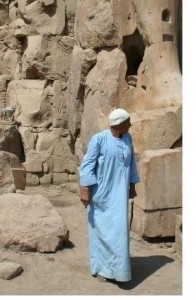THURSDAY, 10 MARCH 2011
 The artificial toes were found in the Theban Necropolis near modern-day Luxor. The first, known as the Greville Chester toe, is made from cartonnage, a type of papier mâché of linen and animal glue. The second is housed in the Egyptian Museum in Cairo and is made from leather and carefully carved wood.
The artificial toes were found in the Theban Necropolis near modern-day Luxor. The first, known as the Greville Chester toe, is made from cartonnage, a type of papier mâché of linen and animal glue. The second is housed in the Egyptian Museum in Cairo and is made from leather and carefully carved wood.Replicas of the artificial toes were tested on volunteers who had lost their own big toes. The volunteers wore the toes with replica Egyptian sandals, and their walking technique was monitored by Dr Jacqueline Finch at Salford University’s Centre for Rehabilitation and Human Performance Research [1].
To be classed as true prosthetic devices any replacement must satisfy several criteria, including the ability to withstand bodily forces. Gait analysis techniques must also be applied to determine any level of function. Dr Finch’s results strongly suggest that both of the Egyptian designs were capable of functioning as replacements for the lost toe and so could indeed be classed as prosthetic devices. If that is the case then it would appear that the first glimmers of this branch of medicine should be firmly laid at the feet of the ancient Egyptians [2].
Written by Elizabeth Anne Bateman
